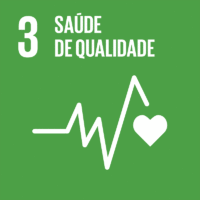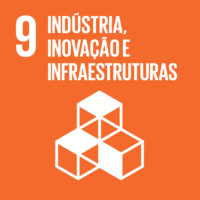Ciência_Iscte
Publicações
Descrição Detalhada da Publicação
Título Revista
Cost Effectiveness and Resource Allocation
Ano (publicação definitiva)
2019
Língua
Inglês
País
Reino Unido
Mais Informação
Web of Science®
Scopus
Google Scholar
Esta publicação não está indexada no Overton
Abstract/Resumo
Background: This study undertakes an economic analysis of presurgical teledermatology from a patient perspective, comparing it with a conventional referral system. Store-and-forward teledermatology allows surgical planning, saving both time and number of visits involving travel, thereby reducing patients’ out-of-pocket expenses, i.e. costs that patients incur when traveling to and from health providers for treatment, visits’ fees, and opportunity cost of time spent in visits. to The study quantifies the opportunity costs and direct costs of visits for adults waiting for dermatology surgery.
Method: This study uses a retrospective assessment of 123 patients. Patients’ out-of-pocket expenses of presurgical teledermatology were analyzed in the setting of a public hospital over two years. The teledermatology network covering the area served by the Hospital Garcia da Horta, Portugal, linked the primary care centers of 24 health districts with the hospital’s dermatology department. The patients’ opportunity cost of visits and direct costs of visits (transport costs, and visits’ fee) of each presurgical modality (teledermatology and conventional referral), were simulated from initial primary care visit until surgical intervention. Two groups of patients, those with Squamous Cell Carcinoma and those with Basal Cell Carcinoma, were distinguished in order to compare the patients’ out-of-pocket expenses according to the dermatoses.
Results: From a patient perspective, the conventional system was 2.12 times more expensive than presurgical teledermatology. Teledermatology allowed saving €0.74 per patient and per day of delay avoided. This saving was greater in patients with Squamous Cell Carcinoma than in patients with Basal Cell Carcinoma. Although, the probabilistic sensitivity analysis corroborates the results of the base case scenario, only a prospective study can substantiate these results.
Conclusion: In the Portuguese public healthcare system and under specific cost hypotheses, from a patient economic perspective, teledermatology used for presurgical planning and preparation is the dominant strategy in terms of out-of-pocket expenses, outperforming the conventional referral system, especially for patients with severe dermatoses.
Agradecimentos/Acknowledgements
Two anonymous reviewers read the manuscript and suggested substantial improvements are gratefully acknowledged. Many thanks to João Furtado Severino Pinto for assisting with the dataset.
Palavras-chave
Economic analysis,Out-of-pocket expenses,Opportunity cost,Teledermatology,Waiting time
Classificação Fields of Science and Technology
- Medicina Clínica - Ciências Médicas
- Ciências da Saúde - Ciências Médicas
Registos de financiamentos
| Referência de financiamento | Entidade Financiadora |
|---|---|
| UID/GES/00315/2019 | Fundação para a Ciência e a Tecnologia |
Contribuições para os Objetivos do Desenvolvimento Sustentável das Nações Unidas
Com o objetivo de aumentar a investigação direcionada para o cumprimento dos Objetivos do Desenvolvimento Sustentável para 2030 das Nações Unidas, é disponibilizada no Ciência_Iscte a possibilidade de associação, quando aplicável, dos artigos científicos aos Objetivos do Desenvolvimento Sustentável. Estes são os Objetivos do Desenvolvimento Sustentável identificados pelo(s) autor(es) para esta publicação. Para uma informação detalhada dos Objetivos do Desenvolvimento Sustentável, clique aqui.

 English
English



